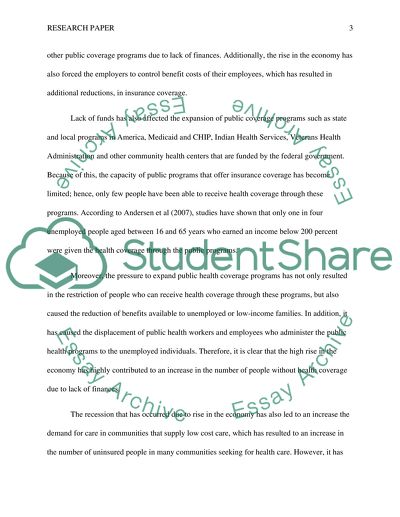Cite this document
(“Key Issues Affecting Health Care Administration Research Paper”, n.d.)
Retrieved de https://studentshare.org/health-sciences-medicine/1392077-research-paper
Retrieved de https://studentshare.org/health-sciences-medicine/1392077-research-paper
(Key Issues Affecting Health Care Administration Research Paper)
https://studentshare.org/health-sciences-medicine/1392077-research-paper.
https://studentshare.org/health-sciences-medicine/1392077-research-paper.
“Key Issues Affecting Health Care Administration Research Paper”, n.d. https://studentshare.org/health-sciences-medicine/1392077-research-paper.


